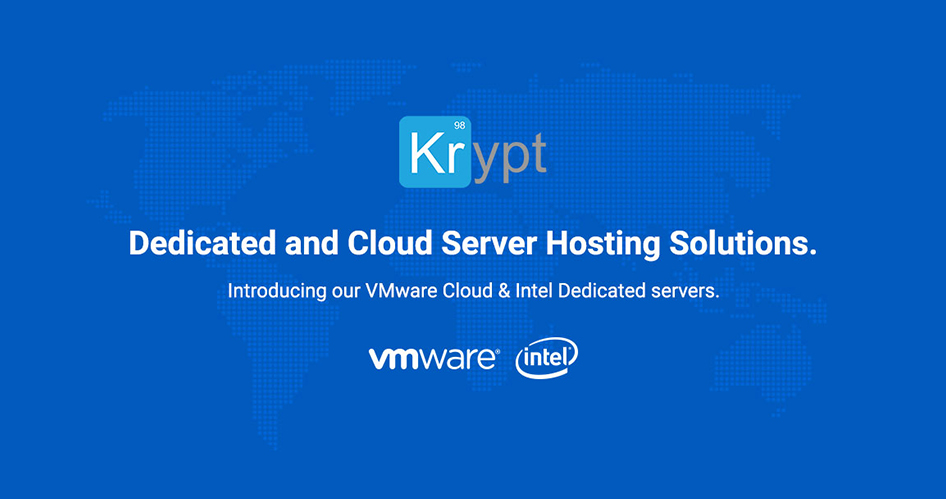5 Steps for Dedicated Server Setup
Topics
Are you frustrated with slow website speeds and having to share server resources with others?
It’s time to take full control of your website’s performance with a dedicated server. In 2021, dedicated hosting made up 25.5% of the global web hosting market, and it’s expected to grow by 11.1% each year until 2026.
Many website owners hesitate to switch to a dedicated server because it seems too technical—but we’re here to make it easy.
This guide will walk you through every step of setting up your dedicated server smoothly and efficiently. With the right setup, you’ll enjoy faster speeds, greater reliability, and the control your website truly deserves.
Let’s get started.

What You Need to Know
- Dedicated servers offer superior performance, reliability, and security for resource-intensive applications.
- Setting up a dedicated server involves initial configuration, network configuration, application installation, security measures, and testing.
- Regular updates, robust monitoring, and strict access control are essential for ongoing server security.
- Data backup and disaster recovery plans are crucial for business continuity.
- Regular hardware maintenance and a well-documented component replacement roadmap are vital for long-term success.
5 Steps to Set Up a Dedicated Server
Setting up a dedicated server might seem complicated, but with the right approach, you can create a powerful, secure, and efficient hosting environment that fits your needs. By following each step, you'll keep your server running smoothly, handle increasing traffic with ease, and ensure strong security. Let’s break it down step by step!
1. Initial Configuration
The initial configuration sets up the hardware and the OS for your dedicated server. This step ensures the server has all the resources it needs to work efficiently and securely. Here’s how you can set up your server to handle demanding workloads effectively.
- Allocate appropriate CPU, RAM, and storage based on your current and projected needs. Smaller projects may require 2 CPUs, 4GB RAM, and 100GB storage, while high-traffic setups demand 8 CPUs, 16GB RAM, and 1TB storage.
- Select the appropriate OS and install it by following the recommended guidelines.
- Set a clear hostname to identify your server on the network. Set the correct time zone for accurate logging and reporting. This step is vital for billing and troubleshooting tasks.
- Keep your OS updated because 60% of breaches occur due to unpatched systems. Set up restricted user accounts, enable SSH for secure remote access, and disable root login to enhance security.
- Come up with a backup policy that regularly backs up your data and stores it off-site or in the cloud.
2. Network Configuration
Configuring your server’s network is like giving it a digital address. It ensures reliable connectivity and seamless communication with internal and external entities . We suggest using terminal commands to set up a static IP, DNS, and hostname for your server. For this demonstration, we will use our test server named testsitekrypt98.com. Also note that we have Ubuntu as the OS on this server.
- Assess your network interface by running [ip a] in the terminal. Look for the active interface name (e.g., ens33 or enp0s), as you’ll need it for the next steps.
- Assign your server a static IP to ensure consistent access and reliability. Create the configuration file:

Now apply the changes by running [netplan apply] in the terminal. - Set your server’s hostname to match your domain by running hostnamectl set-hostname testsitekrypt98.com. Then, link the hostname to your static IP by adding it to the
/etc/hostsfile with the command[echo “192.168.1.100 testsitekrypt98.com” >> /etc/hosts]. - Check your network setup to ensure everything is working seamlessly. Use ip a to confirm the static IP, hostnamectl to verify the hostname, and ping to test connectivity with your domain (testsitekrypt98.com) and external sites. These steps ensure your server is ready for reliable communication with internal and external servers and websites.
3. Installing and Configuring Applications
After setting up your server’s initial configuration and network, the next step is to install and configure essential applications. This step ensures your server can host websites, manage databases, and have all tools for efficient operations. Here’s how you can proceed step by step.
- Set up a web server to deliver content to your users. Choose between Apache or NGINX, depending on your requirements. Both are popular as Apache and NGINX power over 50% of sites on the Internet. NGINX excels at speed, while Apache offers unmatched flexibility.
- Update your server packages with
[sudo apt update]and install Apache using[sudo apt install apache2 -y]. Start and enable the service with[sudo systemctl start apache]and[sudo systemctl enable apache2]to ensure it runs on system boot. - Alternatively, install NGINX with
[sudo apt update]and[sudo apt install nginx -y]. Enable it using[sudo systemctl start nginx]and[sudo systemctl enable nginx]to enable NGINX start at server boot.
- Update your server packages with
- Simplify your administration by installing tools like Webmin, cPanel, or Plesk. These tools provide a graphical interface to manage, monitor, and optimize your server. For example, use the following series of commands to get the latest version from the official website and install Webmin on your Ubuntu server:

- Set up a database server to store and manage application data. Deploy MySQL with
[sudo apt install mysql-server -y]followed by[sudo mysql_secure_installation]. Alternatively, installPostgreSQLwith[sudo apt install postgresql postgresql-contrib -y]. - Check that everything works by accessing your web server in a browser using its IP (e.g., http://192.168.1.100). Then, connect to your database with
[mysql -u root -p]. Identify and resolve any errors or misconfigurations before going live.
4. Set Up Security Measures
Now it’s time to focus on protecting everything you’ve built. Let’s dive into how to safeguard your server with standard security practices.
- Start by replacing password logins with SSH key authentication. This method uses a cryptographic key pair, significantly reducing the risk of brute-force attacks. It’s a simple step that creates a huge barrier for attackers.
- Strengthen your defenses by creating unique, complex passwords for all user accounts. Enforce password policies that require a mix of characters and encourage regular updates. It’s a small habit that makes a big difference.
- Set up a firewall to restrict access to your server. Allow only trusted IPs and necessary ports for the applications you’ve installed. Tools like UFW make this process easy, even for beginners.
- Monitor your server with an IDS to detect unusual activity in real-time. Tools like Snort or Suricata can alert you to potential intrusions targeting your applications. This proactive approach helps you respond before issues escalate.
5. Testing the Server
With your dedicated server secure and configured, it’s time to test its performance and functionality. Here’s how to ensure everything is working as expected:
- Test your server’s connectivity by pinging external websites with
[ping -c 4 google.com]to verify internet access. Then, ping your domain with[ping -c 4 testsitekrypt98.com]to confirm DNS resolution is correctly set up. - Verify your applications by accessing your web server at testsitekrypt98.com in a browser to confirm it’s serving content. Then, log in to your database via the terminal using
[mysql -u root -p]to ensure it’s functioning correctly. - Monitor your server’s performance by checking resource usage with [top] or [htop]. Then, run a stress test on testsitekrypt98.com using Apache Benchmark with the command
[ab -n 100 -c 10 testsitekrypt98.com/]to simulate traffic and evaluate server response.
Why Choose Krypt for Your Dedicated Server
When it comes to dedicated server solutions, we are your trusted provider. We deliver an industry leading mix of reliability, top-notch support, and incredible value. Here’s why we should be your go-to choice:
- Unmatched Reliability: Our high-performance servers ensure uptime and stability. Your business website will stay online and run smoothly, even at peak traffic.
- 24/7 Expert Support: You will never feel stuck. Our experts are always ready to help troubleshoot, scale, or optimize your server.
- Great Value: We offer enterprise-grade hardware at affordable prices. You never have to compromise on quality or your budget.
Find out more our Dedicated server from Krypt








